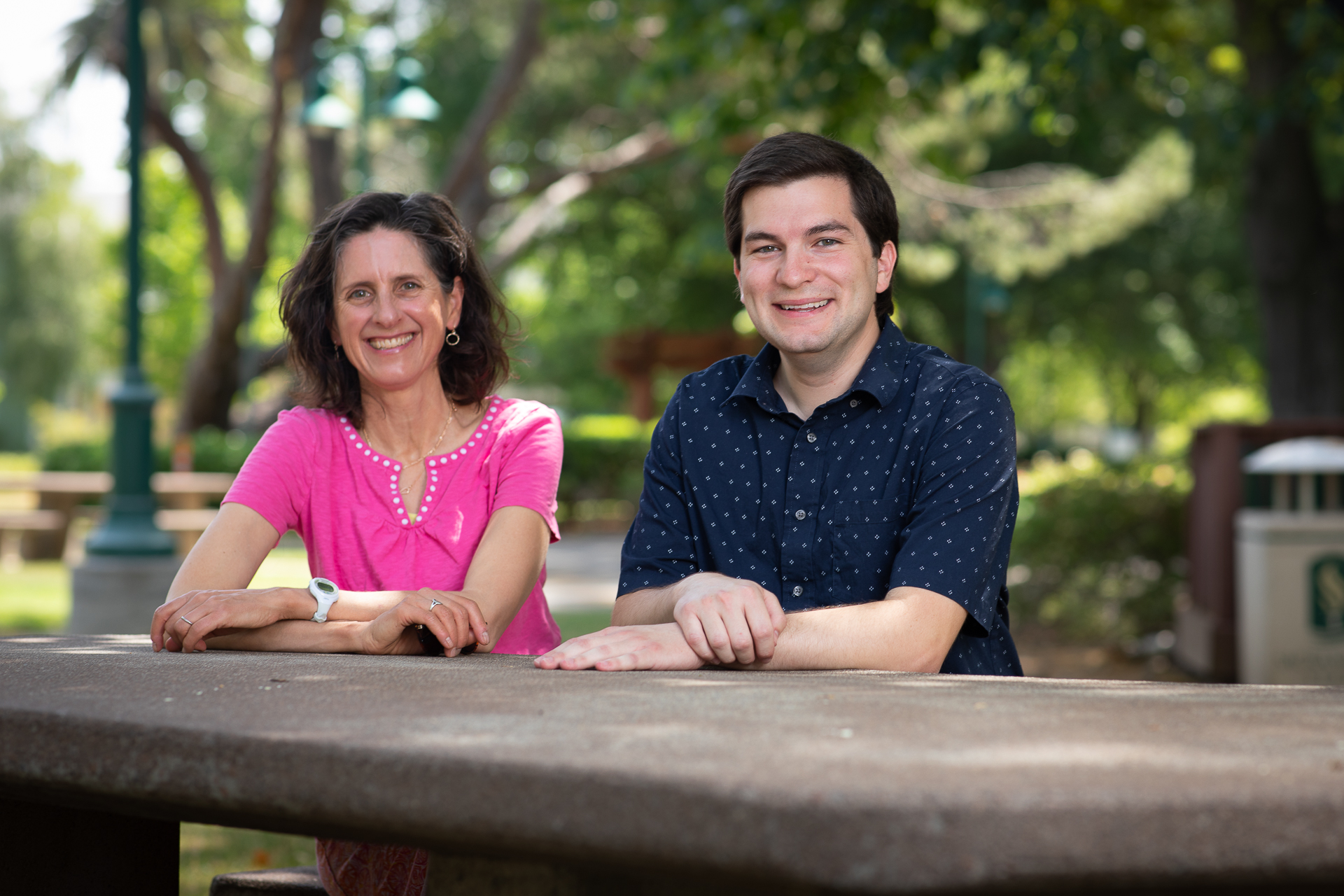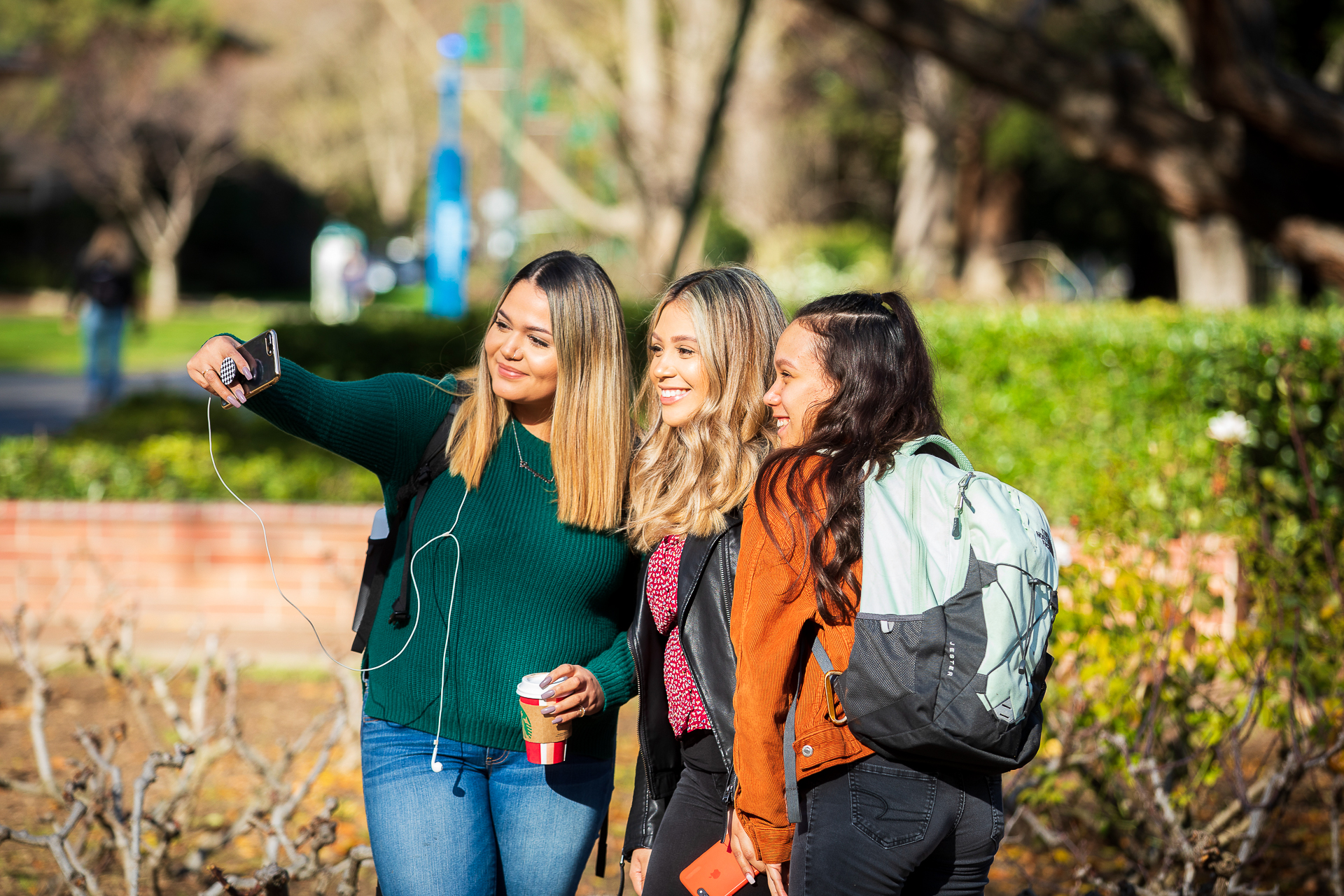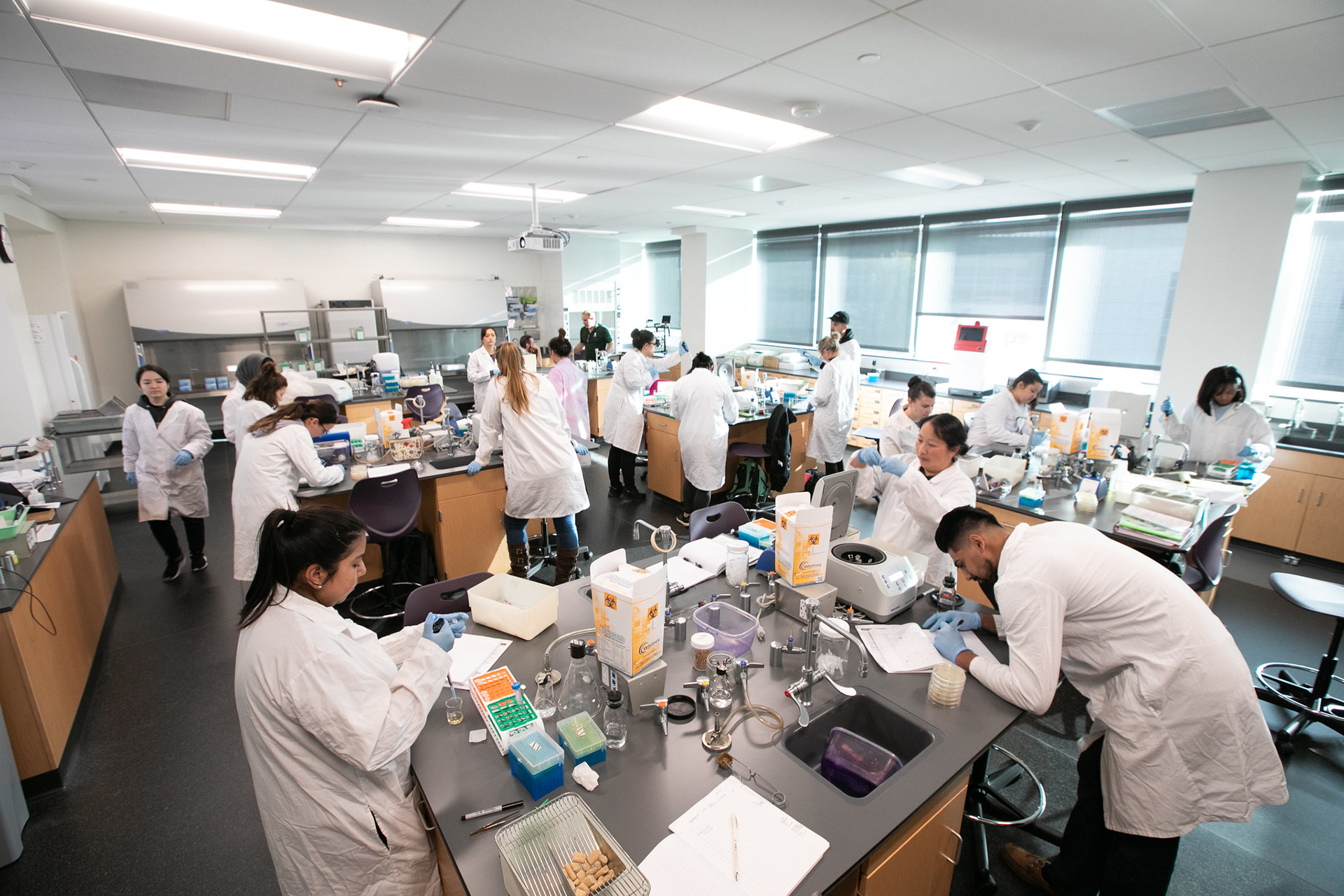Story Content
Sac State study shows how student anxiety grew with online learning, and could lead to measures to ease stress

June 08, 2022
After an abrupt pivot to online instruction in March 2020, Sacramento State faculty searched for ways to engage their students while helping them cope with the stresses of pursuing their degrees during a global pandemic.
Even as they became more familiar with online learning, however, many students remained anxious about it and had trouble concentrating on academics while studying from home, a Sac State research project found.
Results of the study, conducted by a team from the Biological Sciences, Environmental Studies, and Mathematics departments, can be used in future courses to help students make the most of their online learning experiences, researchers said. Their work recently was published in the Journal of Microbiology & Biology Education.
Researchers say they hope faculty will use the information to tailor future online interactions so students feel more comfortable.
With instruction going from classrooms to computer screens, “we knew this was going to be something big, and we wanted to get in and get some data,” said Environmental Studies lecturer Cathy Ishikawa. “Here was an opportunity to study stress and anxiety around online learning.”
The researchers surveyed hundreds of students taking science, technology, engineering, and mathematics courses during the last two weeks of the Spring 2020 semester, the first for online learning, and again in Fall 2020 as the pandemic kept them at home.
On a scale of 1 to 5, students shared their degree of anxiety around specific online tasks, such as “unmuting” their microphones to answer questions and turning on their video during lectures. They also rated factors, such as limited access to technology and health issues, that prevented them from participating or performing well in their online courses.
Students in both semesters reported the greatest anxiety about tasks that required them to interact directly with others, such as activating the audio function on their computers, working in group breakout rooms, or launching video feeds. About 10% of students polled reported “very high” anxiety around those tasks.
A majority of students said they became less engaged with course material after they began taking classes online. Limited access to technology, stress about health and work, and distractions created by phones and other personal devices played key roles in limiting their participation and engagement, they reported.
The switch to online learning “was definitely strange for me,” said Eric Pennino, the paper’s lead author and a Biology graduate student. Particularly in STEM courses, “it’s very important to interact with one another and work together.”
“I’m thankful that I had connections with other students and faculty members before (COVID-19) happened,” he said. “But I was still less engaged than I normally would be.”
Researchers expected anxiety to diminish and engagement to rise during the second semester of online learning as students adjusted to the new approach and more scholars took advantage of free laptops and other University-provided tools. Instead, a slight majority reported feeling more anxious about learning online in Fall 2020.
“We 100% expected less anxiety and more engagement in the fall, but that definitely was not the case,” Pennino said, offering the possible explanation that students interacted with their classmates and instructors in the previous semester before pivoting to online learning.
Remote learning likely will remain a part of college life, possibly including online lectures or Zoom meetings between faculty and students.
“Having an understanding of the things that cause stress and anxiety is useful, whether you’re in person or online,” said Ishikawa. “The information that we have can help us help students get beyond the stress.”
To read the full article, go to the journal’s archives at: https://journals.asm.org/toc/jmbe/23/1Media Resources
Faculty/Staff Resources
Looking for a Faculty Expert?
Contact University Communications
(916) 217-8366
communications@csus.edu


